See One. Do One. Teach One.
/You know the expression, ‘See One. Do One. Teach One’?
In a medical context the saying always weirded me out a bit. (Like, really? You’re going to stick me with that needle only after seeing it done by someone else a time or two?) But, funny enough, over the last couple of weeks I’ve found a new meaning in this expression, and it has to do with the teaching part.
First, an admission: I really like leading workshops. I may not be a complete extrovert, but leading a workshop – facilitating discussions, working through challenges, seeing lightbulbs igniting over people’s heads and post-its flying in the air – is a guaranteed path to my own personal happy place. At IDEO I had the opportunity to run a number of client workshops on various parts of the OpenIDEO challenge process. Each time I ran a workshop I got a bit smarter, a bit more adept at addressing tricky questions or common hurdles, and a bit savvier at structuring the day so it was fun and productive. Which means that over time I developed a tried and true method for bringing clients through the OpenIDEO process – and I loved it.
Fast forward to a couple of weeks ago when I had the opportunity to lead a half-day design thinking and innovation workshop at the National Archives. Knowing that I’m a workshop person, of course I quickly jumped at the chance – even after I remembered that I’d need to create all my slides and accompanying materials from scratch (since I didn’t have anything from my IDEO days). This, I thought to myself, will be a lot of work. So I sat down and started on my deck.
And it turns out yes, it was a lot of work. But, so much more importantly, it was an opportunity for me to actually learn the content I was teaching. What I realized is that when I was leading OpenIDEO challenges, or even talking with clients about IDEO’s approach to design thinking and innovation, I was representing IDEO – using their stories and their content. Teaching the design thinking approach to a new audience and doing it in my own voice and with my own language really, truly helped me learn it, internalize it, and then share it in ways that I knew would resonate with my audience.
Creating something from scratch – even something that I thought I knew well – pushed me to understand my content more fully and engage with it more deeply. Getting my hands dirty through doing? Awesome.
I spent the next 24 hours after the workshop buzzing with the knowledge that I had just learned and practiced something new and important…and it felt really good. And, in that halo glow of those 24 hours, I actually got offered an opportunity to run the session again, this time for different clients. So I got back on the horse, reopened my slide deck, and set about recreating the wheel.
One week later, I stepped in front of another new audience to teach them what I know. This time around, like the session a week earlier, I didn’t have all the right answers prepped in advance. I didn’t have the best tips for overcoming hurdles on instant recall. Nor did I instinctively know the smartest ways to diffuse a difficult conversation.
Teaching something from scratch – even when it felt untested or uncharted – pushed me to open myself up to even more learning in the moment and to make small course-corrections throughout. Being able to respond to the needs of the room, as they arise? Even more awesome.
And in the process, I experienced the value of learning as I was doing, of challenging myself to know something inside and out through the act of teaching it to others.
See One. Do One. Teach One. I still don’t love it for needles! But in my own work? I’m onboard.



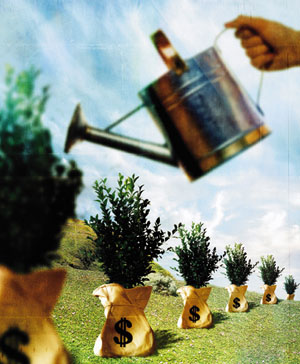
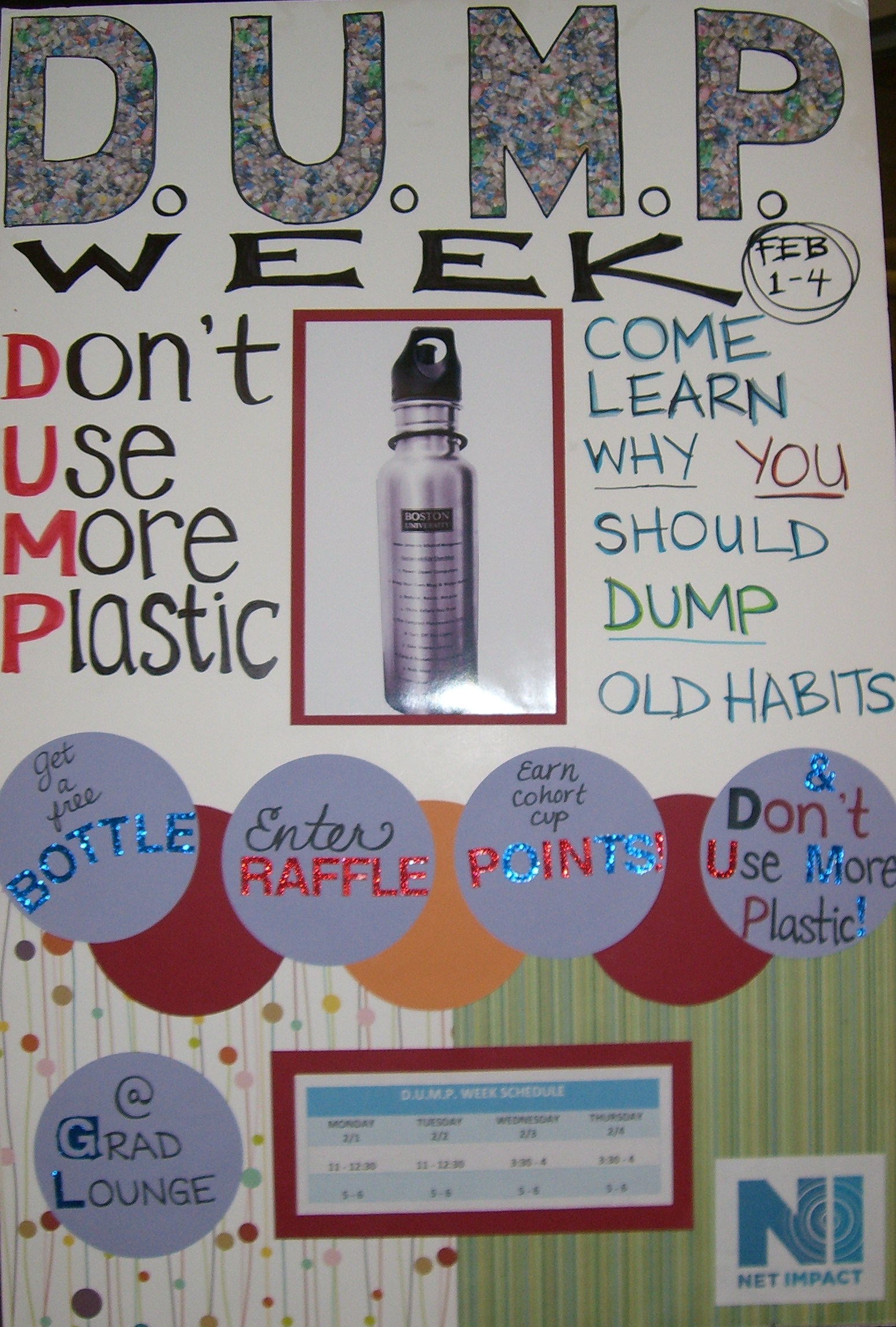 When it comes to the crisis of
When it comes to the crisis of 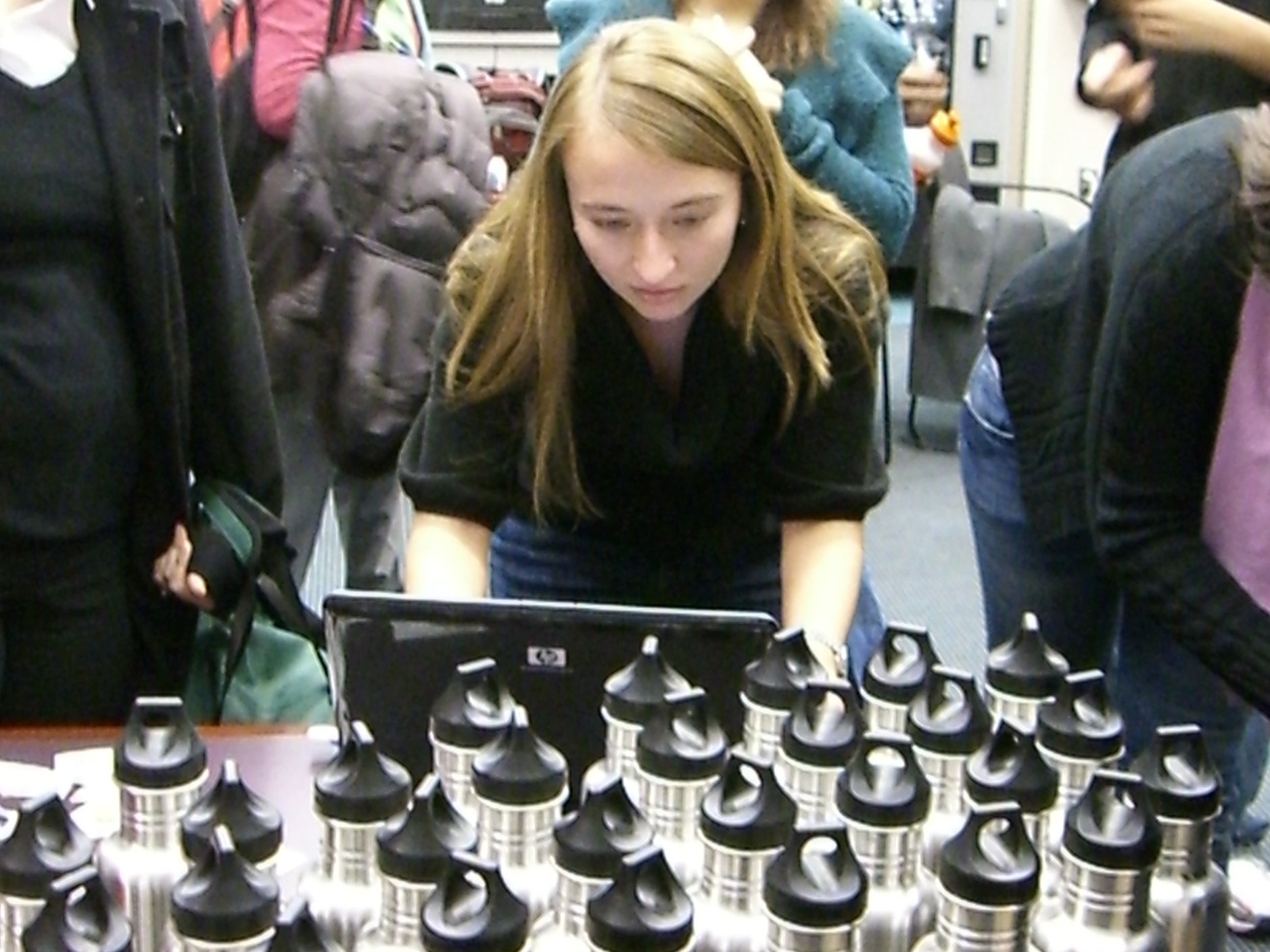
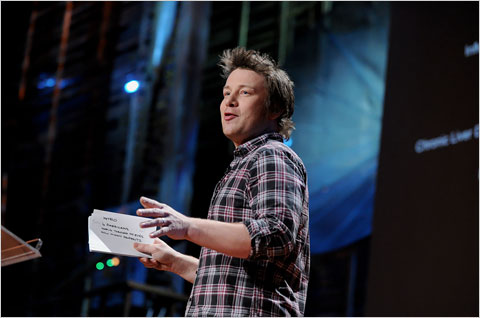
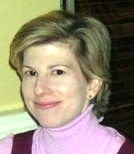
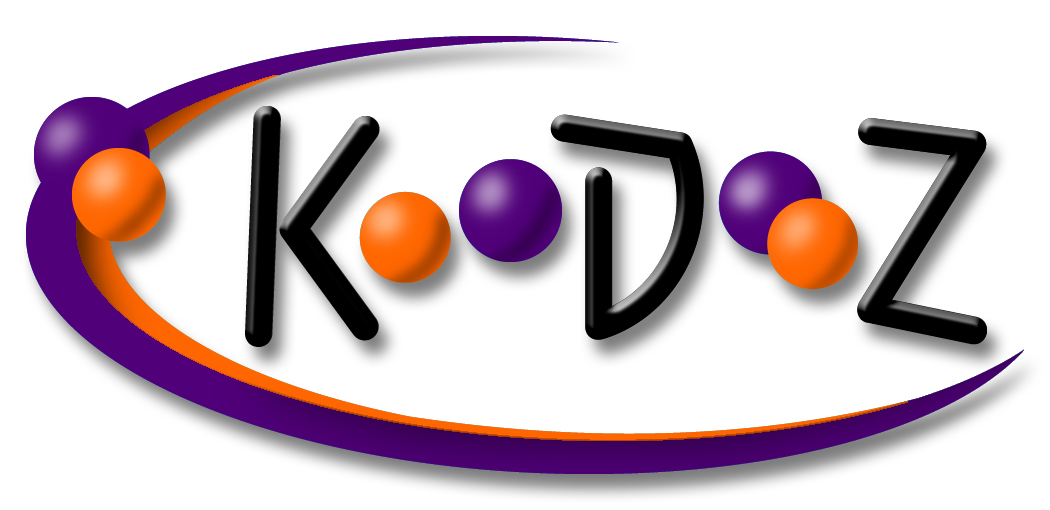
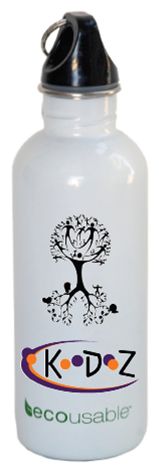 orking for KooDooZ, I have been inspired by
orking for KooDooZ, I have been inspired by